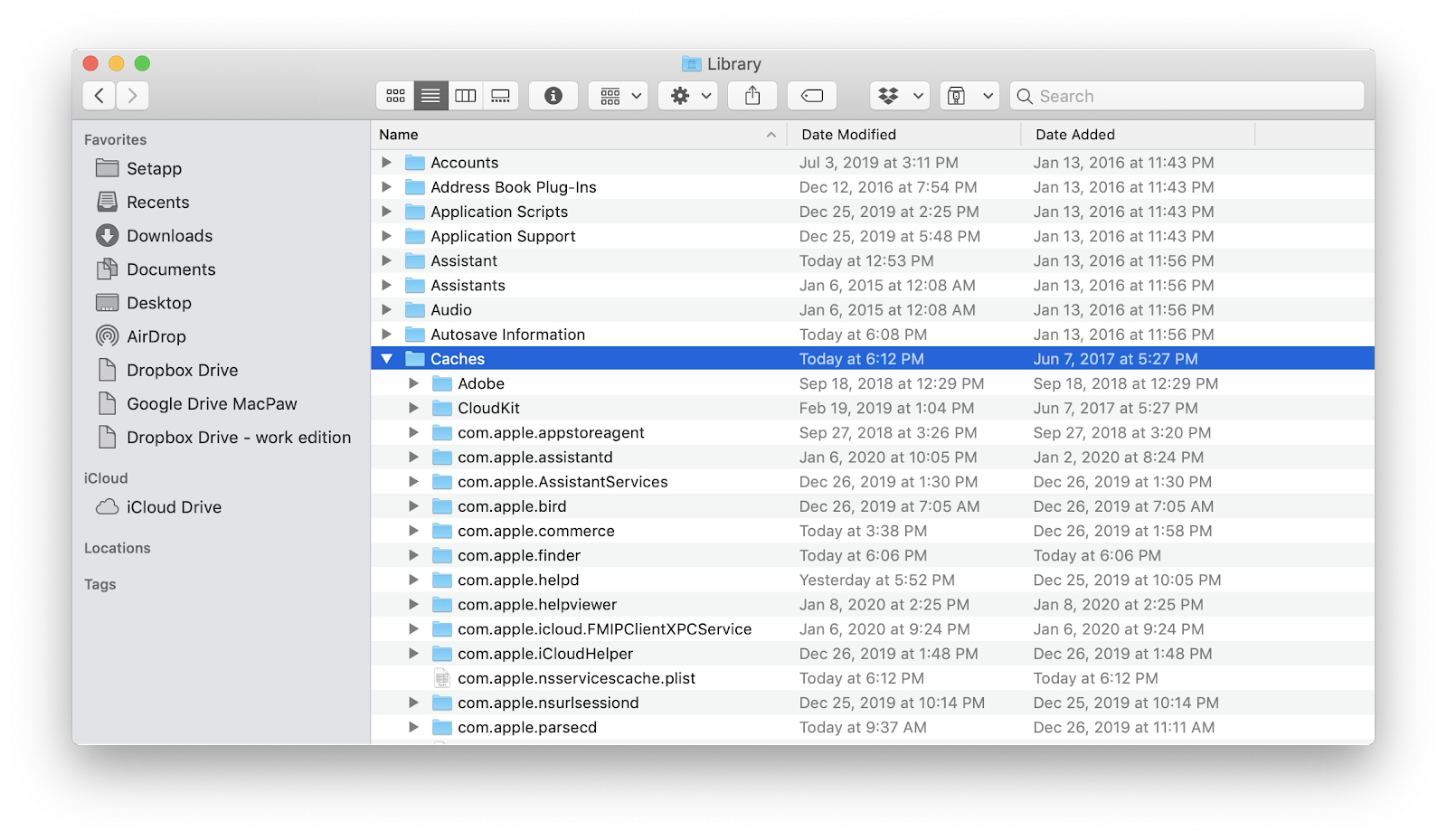
- How To Free Up Other Storage Space On Mac
- How To Make Space On Mac
- How To Free Up Other Storage On Macbook Air
- Clean Up Storage
- How To Free Up Other Storage On Macbook
- That's all on what is Other storage on Mac, how to find Other files on Mac, and how to get rid of them to free up storage space. If you end up deleting some important files by mistake while trying to delete Other files, then Recoverit can help you to get back your deleted files with ease.
- I found 1 solution to figure out how to clean up a little Other space, opening iTunes up, going to Preferences, Device and cleaning all the devices backups except the last one. Sure, it cleaned up 1 GB for me and 46 for my cousin, but the Other storage still takes a half of our Mac storage. I'll be glad for your answers and helpful comments.
- See full list on mackeeper.com.
I have a confession to make: I am really good at managing my storage space. Full disclosure: on my private devices. I would go for an 8GB iPhone if there was one, as I don’t have many apps and games installed, and I’m not a huge photo nerd.
That sadly doesn’t translate to my work from my private life. I’m not lucky enough to have a work computer and a private computer — like I have two smartphones — and this is where it becomes a problem. A storage problem.
Emails, attachments, documents, pictures, backups, drafts, sheets, videos pile up really fast. You know it gets serious the moment you realize that anything you want to delete in order to free up storage space is absolutely necessary to hold on to. Like someone lost at sea gasping for air, you’re desperately trying to find those extra megabytes and gigs (if you’re lucky) to get you going for another month or so.
What is Other in Mac storage?
Some of you might know this, most of you might not. When you’re analyzing your Mac storage, macOS visually represents stuff that’s eating space up. You might see color-coded bars for Documents, Apps, Mail, Photos, and System, but there’s a sizeable chunk labeled Other, represented in gloomy dark gray.
Sep 18, 2012 I found 1 solution to figure out how to clean up a little Other space, opening iTunes up, going to Preferences, Device and cleaning all the devices backups except the last one. Sure, it cleaned up 1 GB for me and 46 for my cousin, but the Other storage still takes a half of our Mac storage. I'll be glad for your answers and helpful comments.
How To Free Up Other Storage Space On Mac
It usually tends to be rather big, in some cases among the biggest space wasters on your Mac. What is it?
To put it simply, macOS puts all files which don’t fall under the aforementioned categories inside the Other storage. These files can vary in type and can be anything from temporary files to macOS system files, plugins, extensions, archive (zip) files, and even documents like PDFs, docs, or Photoshop files.
Often times you can come across files you don’t even recognize neither by name nor by type, but you realize it weighs several hundred megs, enough to get rid of that low space notification for a day or two.
Where is the Other Storage on Mac?
You are right to ask this question because Other Storage is hidden from you. Why? Because this Other Storage can, and it most likely does, contain critical files that can break some apps, and, in some instances, your Mac.
If you fire up Finder, click Go in the menu, and go to~/Library/Caches, that’s where you find your Other Storage. All those folders make up your Other Storage, and take up all that space.
CleanMyMac X
- Delete megatons of junk, malware, and make your Mac faster and more organized.
How to delete Other Storage on Mac
Well, there’s a hard (and risky) way, and there’s an easy way.
How To Make Space On Mac
The risky way first requires you to identify or find large Other Storage files. While the process is fairly simple, the challenge is knowing what’s safe to delete and what’s not.

Follow these steps to find files:
- Press Command-F on your Desktop;
- Select This Mac on the top left next to Search;
- Click the dropdown menu field under Search, and select Other;
- In the Search Attributes list, check File Size and File Extension;
- Here you can instruct Search what type of file (PDF, Photoshop, etc.) to look for, and what size threshold to report beyond (works best if you choose “greater than”).
Carefully review the results and delete accordingly.
…or you can do this the easy way, with Macpaw’s CleanMyMac X. The steps are easy and safe:
- Download and install CleanMyMac X;
- Chose the option Large and Old files, towards the bottom of the list on the left, and hit Scan;
- The software categorizes everything it deems worthy to be part of the list, so you can easily go through categories and files;
- Delete the files you no longer need.
Pro tip: Sort results by size to be more efficient in deleting one larger file rather than 10 smaller ones.
CleanMyMac X can also help you get rid of temporary files and caches that are safe to delete in order to free up space while keeping your Mac in top-notch shape. The procedure is similar but, this time, you select the System Junk from the list, hit Scan, and let it do its job. Once the scan is complete, you just hit Clear and you’re done! We’ve detailed this in a previous article you can read here.
Not just an effective Mac cleaner
CleanMyMac X also offers the option to delete other files, like browser extensions, disk images, installation files, etc. It offers an all-around solution to reclaim space on your Mac.
Not only that, but the software offers Malware removal, a Privacy checkup, optimizations, maintenance, pretty much a Swiss army knife to keep your Mac happy.
How To Free Up Other Storage On Macbook Air
Remember: just as it is important to clean your Mac on the outside, it’s also important to clean your Mac on the inside. If gaining back that performance and wasted storage space come along as a side effect (and they will), you’re winning!
Go check CleanMyMac X out over at Macpaw!
CleanMyMac X
Clean Up Storage
- Delete megatons of junk, malware, and make your Mac faster and more organized.
How To Free Up Other Storage On Macbook
We thank Macpaw for sponsoring this post!



